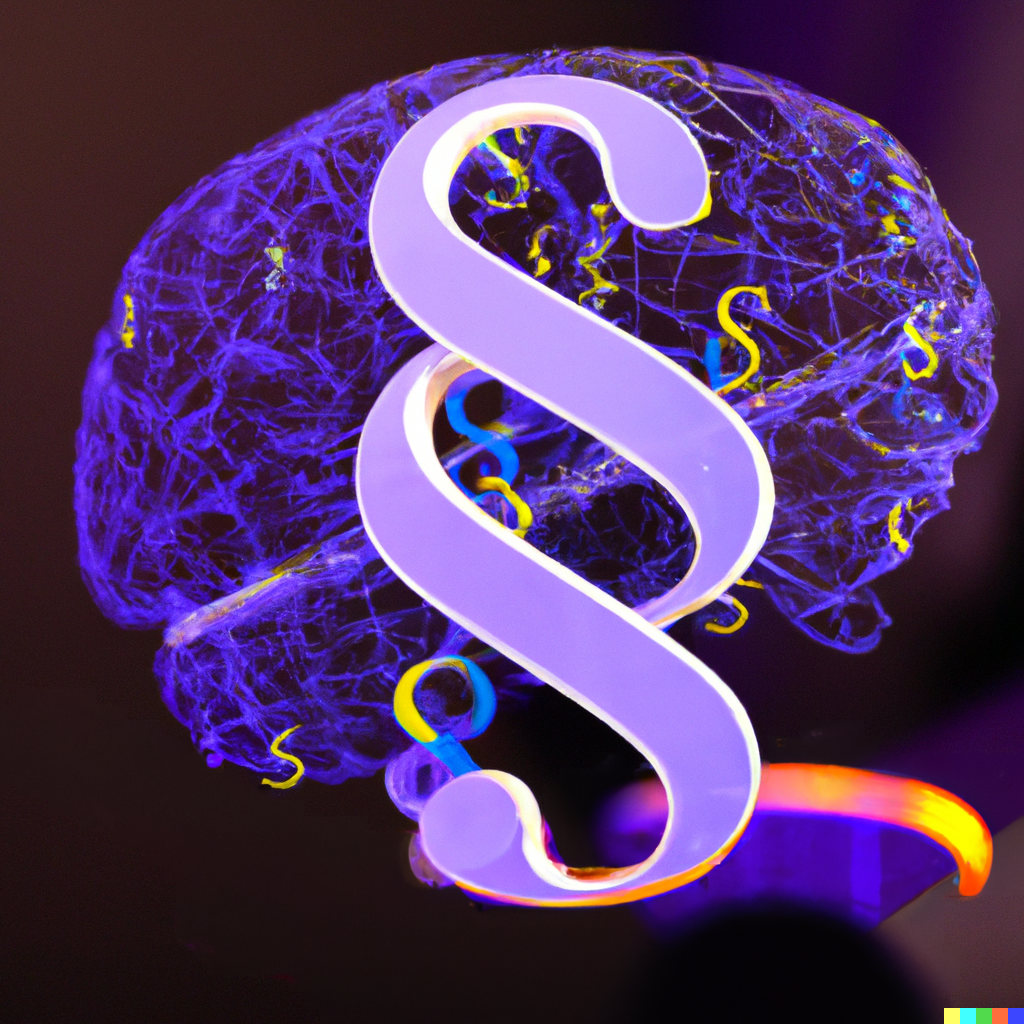
AI in employment – the use of AI in human resource development

AI applications are already widely used in human resource development. In addition to their use for training, obtaining employee feedback or optimising processes, employers are also using AI for HR tasks. In particular, there is a wide range of applications for personnel decisions such as hiring and firing. At first glance, the use of AI in this area seems appropriate, as AI can make objective, unbiased decisions based on clear rules.
However, on closer inspection, the use of AI in human resource development can also lead to discrimination. Therefore, AI systems in the area of employment and human resources management can be classified as high-risk systems according to Art. 6 (2) of the AI Regulation in conjunction with point 4 of Annex III.
Possible discrimination in the use of AI in personnel development
When making personnel decisions, employers must always comply with the requirements of the General Equal Treatment Act. This also applies if they use AI applications for this purpose.
It has been shown that AI applications can also make discriminatory decisions. This can happen, for example, if the training data used to train the AI is discriminatory. If, for example, mainly men or people without a migration background have been hired in the past, the AI may adopt this decision bias.
While the potential for discrimination through the use of AI in HR is not yet so obvious in every case that claims are likely to be made, employers should be aware of these risks and critically scrutinise the output of AI systems.
High-risk AI systems under the AI Regulation
The AI Regulation imposes further obligations on employers who use AI in their HR departments. The AI Regulation classifies AI systems used in employment and human resources management as high-risk systems if they are used for profiling and selection of individuals, for decisions on terms and conditions of employment, promotion and termination, and for the assignment, monitoring or evaluation of individuals in employment relationships.
According to recital 57 of the AI Regulation, these systems can have a significant impact on future career prospects and livelihoods. The legislator also sees a risk of perpetuating historical patterns of discrimination, for example against women, certain age groups, people with disabilities or people of a certain origin or sexual orientation. In addition, the fundamental rights to data protection and privacy may also be affected.
Article 26 of the AI Regulation imposes certain obligations on users of such high-risk AI systems. These obligations would also have to be respected by employers when using AI systems in human resources.
Works council involvement
The works council has a right of co-determination in the drafting of guidelines for the use of AI in accordance with § 95 of the Works Constitution Act (BetrVG). Selection guidelines are abstract and general principles for personnel decisions, such as hiring. For example, the works council would have to be involved if the general principle is that internal applications are to be given preference over external applications. Pursuant to § 95 (2a) of the German Works Constitution Act (BetrVG), the right of co-determination also explicitly applies if artificial intelligence is used to develop the guidelines in accordance with these paragraphs. When AI is used in HR, such abstract and general rules are often drawn up because the AI makes its decisions according to certain specifications, such as which applications the employer prefers.
In addition, when using AI in personnel development, further participation rights may have to be taken into account, e.g. according to § 90 (1) No. 3 BetrVG or § 87 (1) No. 6 BetrVG.
Legal risks can also arise from the use of AI by employees, which can be addressed by guidelines on the use of AI. Please read the blog post on guidelines for the use of AI in the employment relationship.


